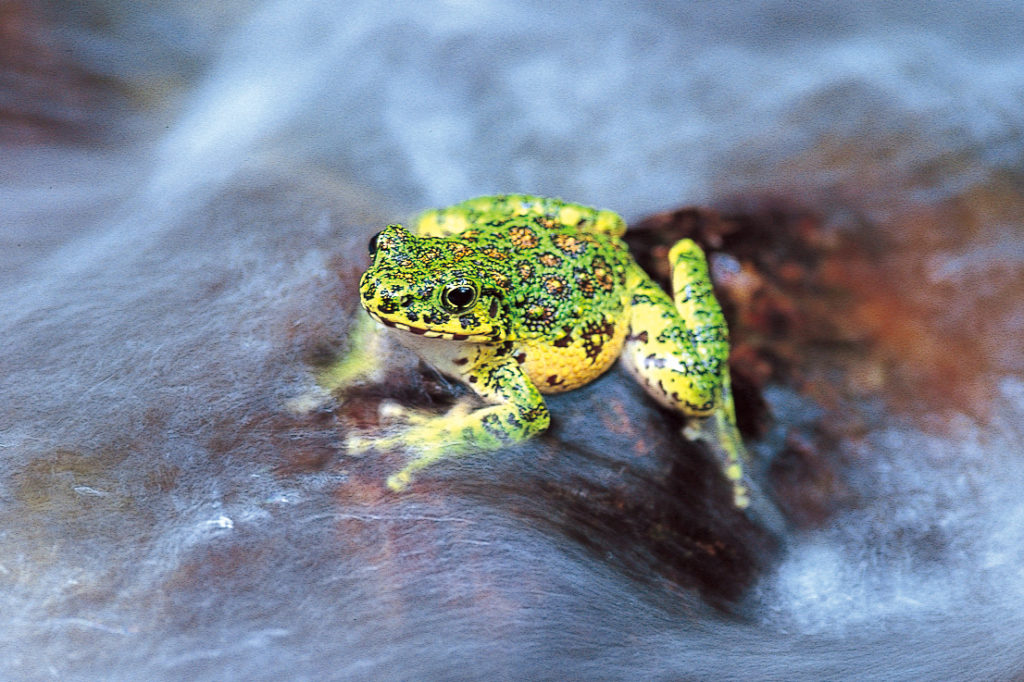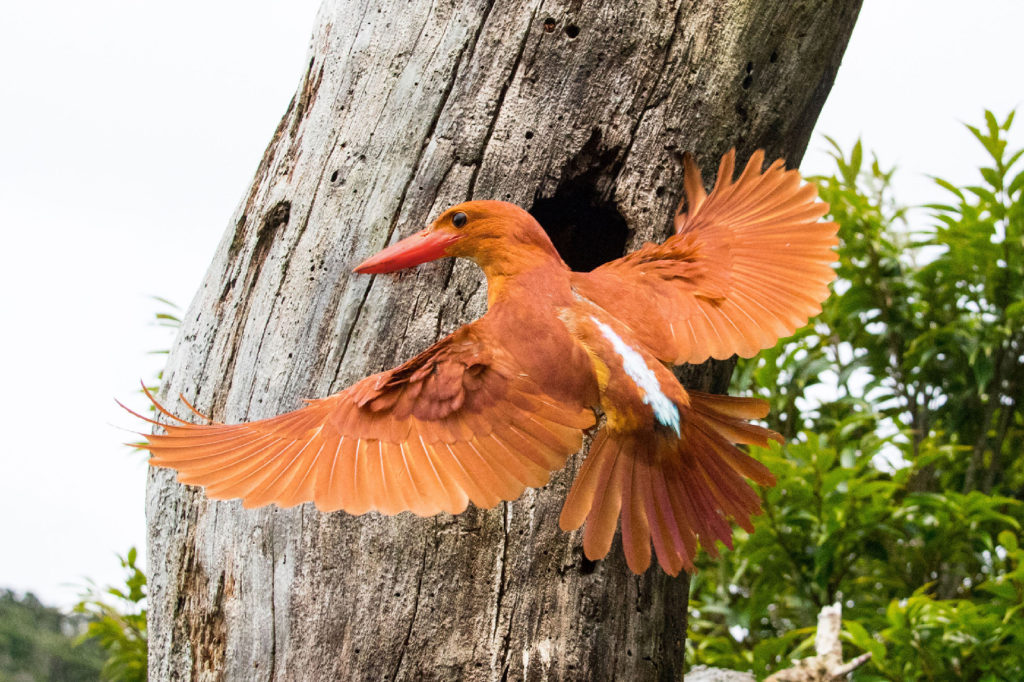
Animals of Forest
40 Years’ Researching the Amami Pit Viper (essay)

The laboratory raises 30 pit vipers from Amami, Tokunoshima, Okinawa, and Kumejima.
The way in which pit vipers have evolved in isolation on these islands has been verified based on the components of their venom.
Intending to be a veterinarian, before I knew what was happening to me, I was transferred to Amami to study how to prevent the serious damage being caused by the Amami pit viper.
Kagoshima prefecture appealed for national government subsidies in 1880 to eradicate pit vipers. The government began to purchase the snakes in 1880 to support research on a therapeutic antiserum.
In 1965, Yoshio Sawai and his team developed the world’s first prophylactic vaccine for pit viper fever that is still in use today.
Advances in medical treatment and improvement in the means and infrastructure of transportation resulted in a sharp decrease in deaths from pit viper bites.
Ancestors of the pit viper crossed to live in the Amami islands while they were connected to the Chinese continent about 10 million years ago.
When the landmasses separated, they were cut off from the continent and evolved on each island.
There is a folk belief in Amami that pit vipers are the sacred protectors of the forest.
Pit vipers repel intruders, including people, and stand at the apex of the forest ecosystem.
They’ve maintained the nature and variety of living things in Amami.
Small mammals like the Amami rabbit and Amami Spiny Rat that live in the forest as the pit vipers do know to fear the snake and have acquired the habit of dodging it.
The more I studied the Amami pit viper and the creatures that in its environment, I realized that no other location is as captivating to the mind as Amami.
There is so much yet to know.

After a pit viper emerged from its burrow, the Amami rabbit who lived there peeked out.
Could they be coexisting?

With superior jump height, an Amami Spiny Rat launches an attack on an enemy
Photos / Futoshi Hamada






